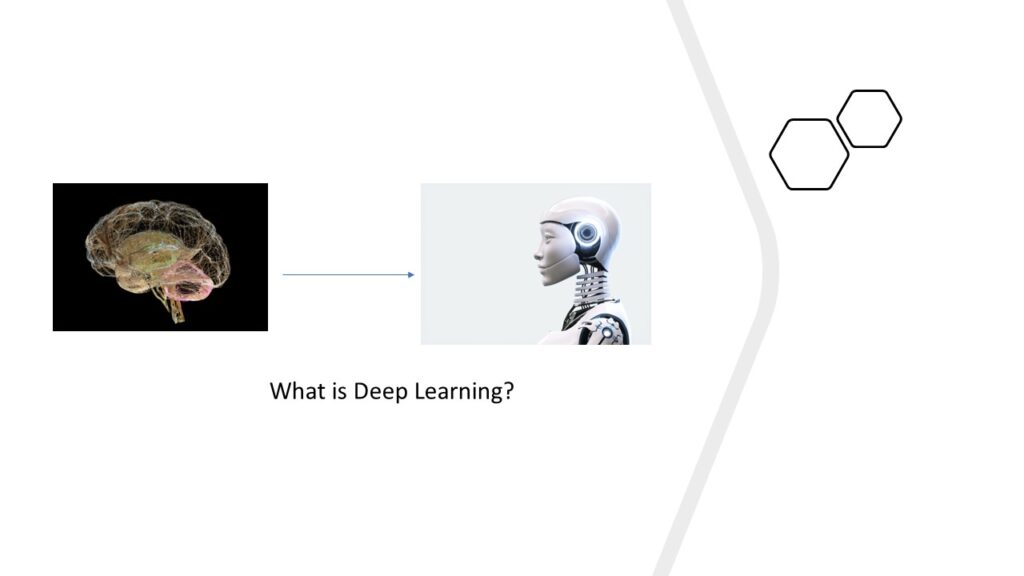In this blog I will try to drive you through what exactly deep learning is and what are it’s applications.
Now before understanding what deep learning is let’s us try to understand a real-time example.

Say, we have a image and we need to identify a particular feature in it so as we know that machine learning will help us in predicting the real-time things of an object now say that we want to cover more minute things of an object then how can we do it?
Say you have a mango tree and you need to predict how many mangoes can grow for one tree before the actual growth starts this can be done using deep learning.
Did you ever wonder how do self-driving cars drive without any driver in the seat?
This is also a deep learning application where a car is trained with human brain and given certain commands so that say the car needs to stop at a traffic signal in a general scenario a human will stop at a signal in the same way the self-driven car is also trained to stop so that it stops when it detects a signal.
Now let us understand what exactly is deep learning.

What do you mean by deep learning?
Deep Learning is a subset of machine learning which uses artificial neural networks to learn from data. Neural networks are actually are of a human brain form which are made up of layers of interconnected nodes. Each node performs a mathematical operation, and nodes are connected so that the network can learn complex patterns in the data.
A network in a deep learning model is like a neuron in a human brain which will help in easy detection of an object as we see an object and the brain process it that we need to stop it is a reflex so the same way the model is also trained with the reflexes.
Deep learning models are trained on various types such as objects, images, text, audio video.
As we have seen in the previous real-time example that a self-driving detects an object on the road and stops as it detect the object.
What are the advantages of the deep learning?
- Analyzing complex patterns becomes easy.
- Deep Learning predicts the objects with an high accuracy.
- Deep Learning models are flexible that is a model can be trained on various types such as images, audio, video.
- Deep Learning models predict real-time data.
Limitations of Deep Learning:
- As deep learning is trained on real-time data if data is not correctly given then the output resulting will be not correct.
- Training a deep learning model requires high performance computers and high GPU’s, CPU’s.
- Capturing data and predicting accurate output is very expensive and time consuming.
- Complex problems often require deep network with many layers and parameters so this can be challenging.
Click here to tweet
Tweet